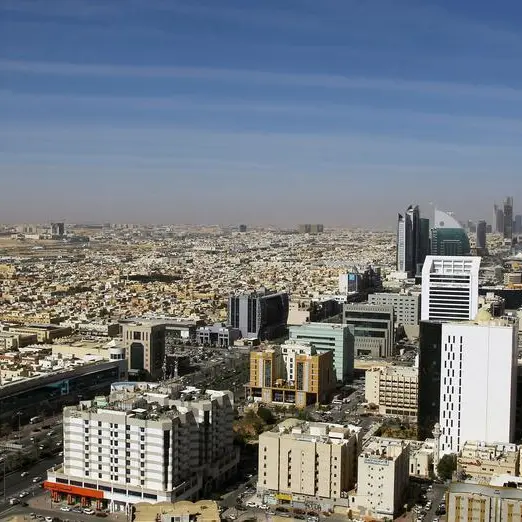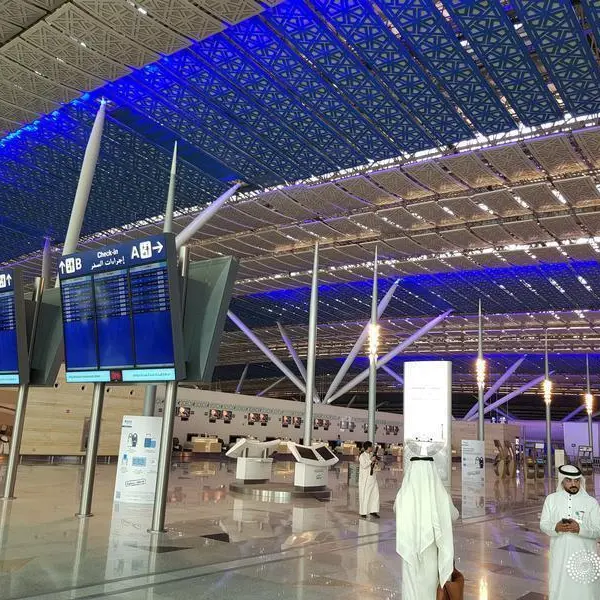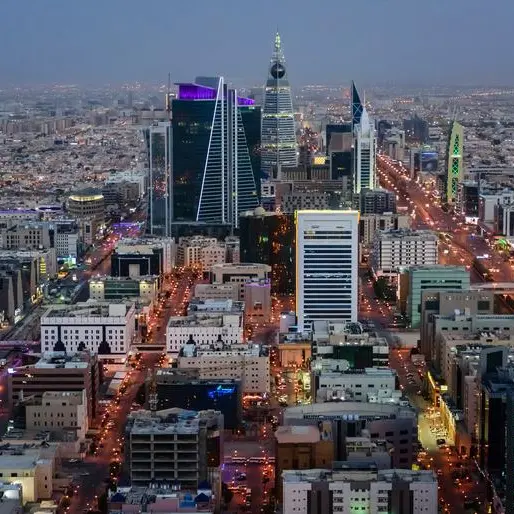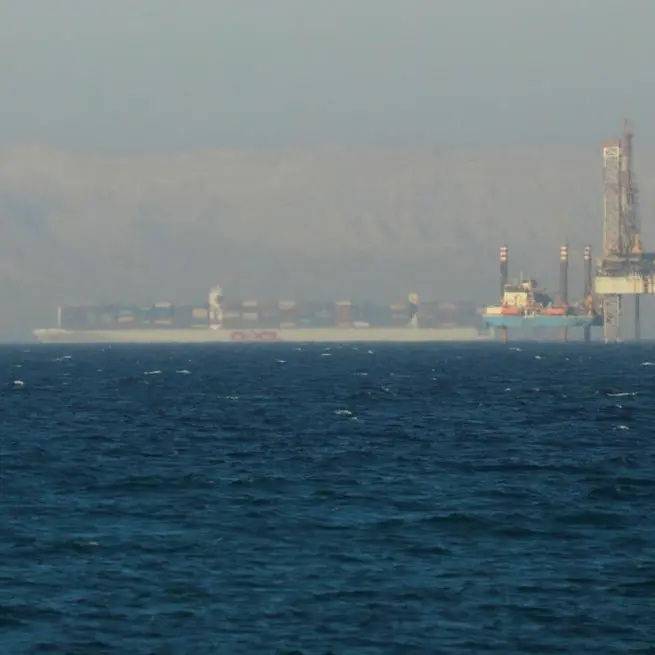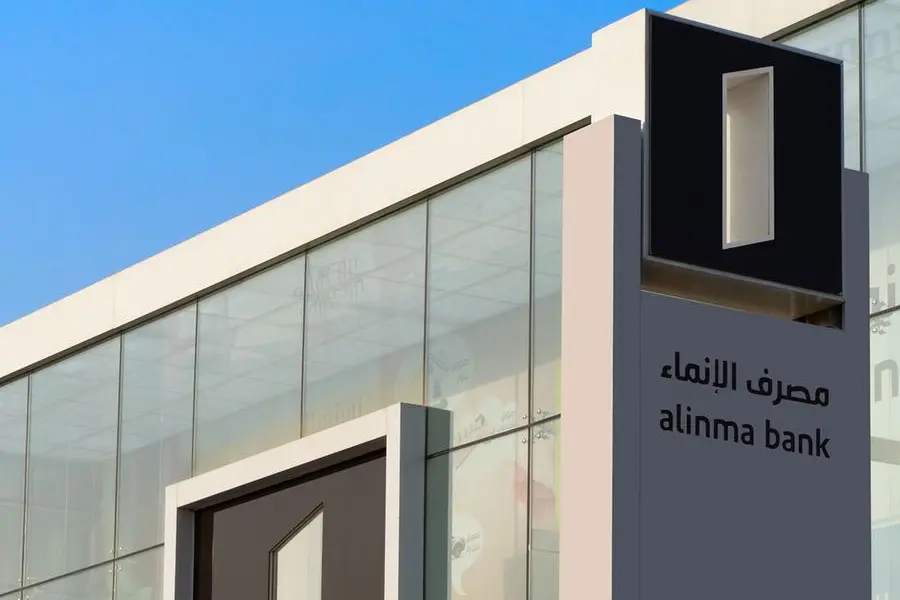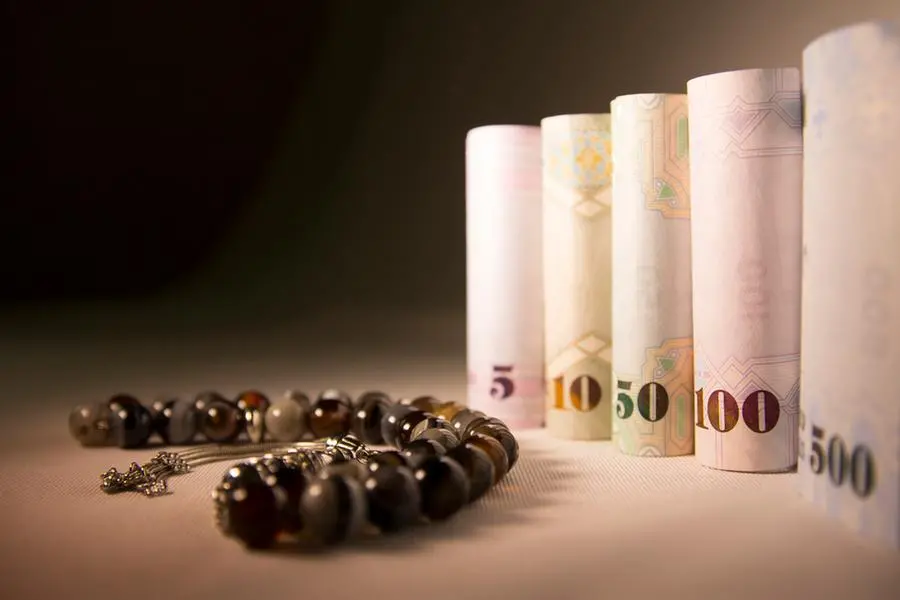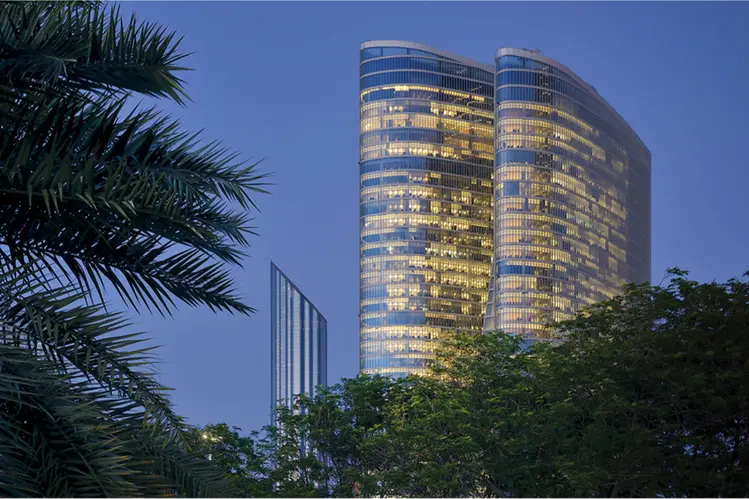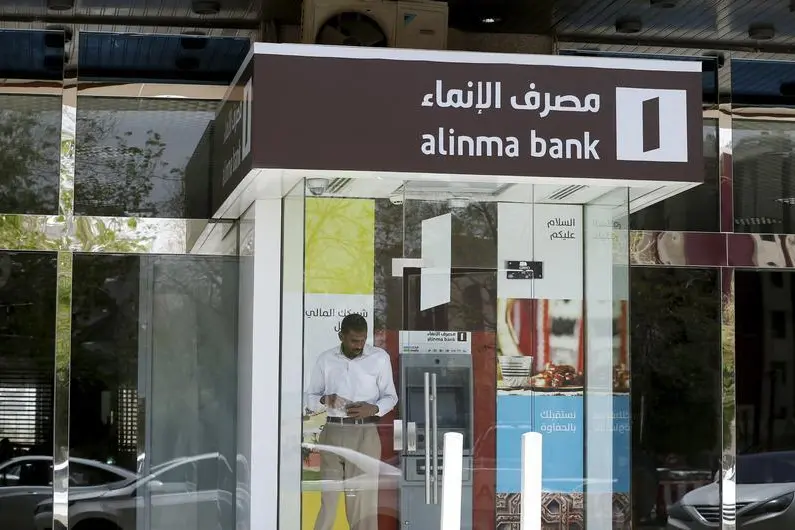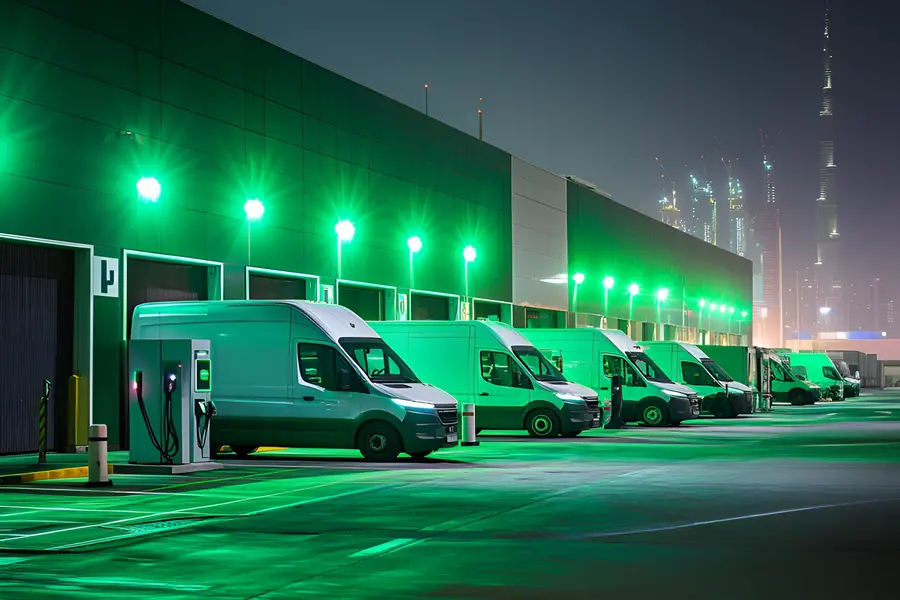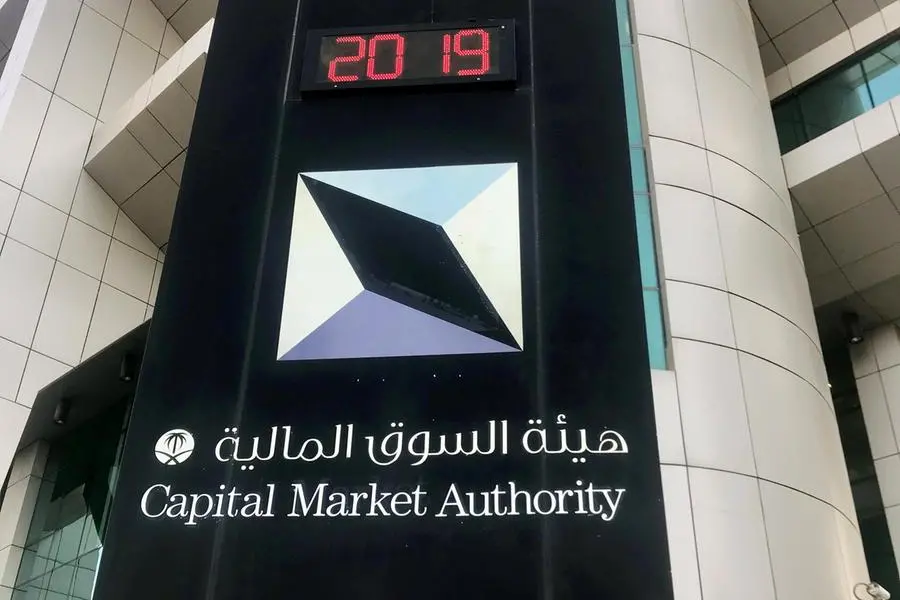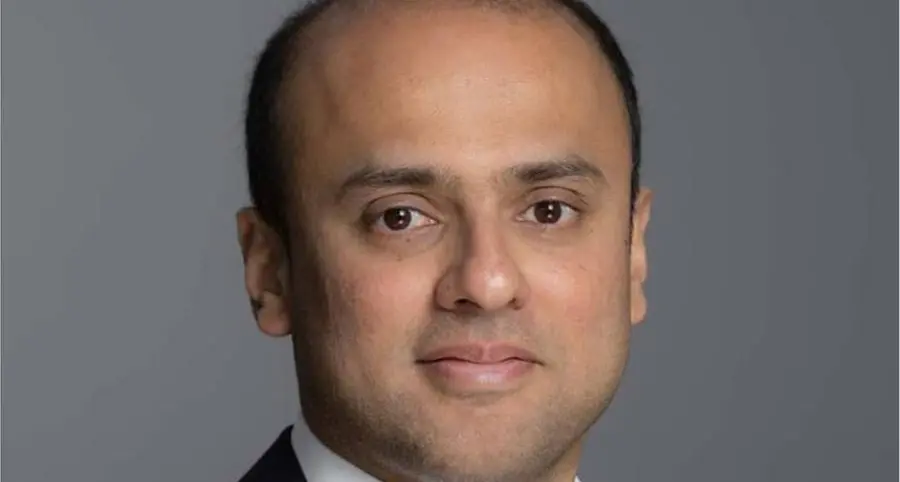18 April 2016
Muscat - Initial gas volumes expected to come to market around late 2017 / early 2018 from energy major BP's Khazzan project in central Oman will primarily go towards addressing demand growth from the power and water sector, as well as shortfalls in supplies to the industrial sector, according to a top official of the Ministry of Oil & Gas.
Salim bin Nasser al Aufy, Under-Secretary, said customers have already been more or less lined up for the volumes due to come on stream when the Khazzan project becomes operational in less than two years.
"We already have markets for the gas," Al Aufy said. "We know we have shortages in some areas - whether it's industries, or the electricity sector which is growing by almost 10 per cent annually. Their needs have to be met. We also have gaps in gas exports as well, which we have to close. Thus when the Khazzan project is up and running in late 2017, we will (need) all of that gas... We just want the volumes to come on stream as per the current schedule."
When operational, BP's Khazzan project is expected to deliver around 28 million cubic metres of gas per day (mmscm/d) to the domestic gas grid. These volumes will boost domestic production from around 103 mmscm/d presently to 130 mmscm/d by early 2018. The expected increase equates to around 30 per cent of current gas consumption trends nationally.
Earlier, speaking at a media briefing hosted by the Ministry of Oil & Gas last month, Al Aufy dismissed the possibility of a gas supply glut materialising in the coming years fuelled by output from Khazzan project, and potential inflows from Iran as well.
Volumes projected to come on stream are expected to address demand growth, notably in the power and industrial sectors, he said. "By 2018, we're sure demand from electricity, industries, and so on, will grow, so we will probably channel some of this gas towards these areas. We have also talked about the Sohar Refinery Improvement Project (SRIP) and Liwa Plastics, which require additional gas that is needed around 2018/2019 or thereabouts. And of course, we have additional capacity at Oman LNG where some of the gas can be channelled towards."
Around 15 per cent of Oman LNG's nameplate capacity of 10.4 million tons per annum (mtpa) went unutilised in 2015, primarily for want of enough natural gas as feedstock.
The Under-Secretary further added: "If our problem is excess gas - whether it's from BP, PDO or other operators, or even Iranian gas - then it's a very welcome problem to have. After all, there is always something that we can do with the gas. But let's find it first and bring it (on stream) and worry about what we're going to do with the gas later!"
As for the cost of BP Khazzan gas, Al Aufy said the price would be determined by supply and demand economics. In any event, with gas currently being sold by the government at a floor price of $3 per mmBTU, the cost of BP gas can only be higher, he noted.
Muscat - Initial gas volumes expected to come to market around late 2017 / early 2018 from energy major BP's Khazzan project in central Oman will primarily go towards addressing demand growth from the power and water sector, as well as shortfalls in supplies to the industrial sector, according to a top official of the Ministry of Oil & Gas.
Salim bin Nasser al Aufy, Under-Secretary, said customers have already been more or less lined up for the volumes due to come on stream when the Khazzan project becomes operational in less than two years.
"We already have markets for the gas," Al Aufy said. "We know we have shortages in some areas - whether it's industries, or the electricity sector which is growing by almost 10 per cent annually. Their needs have to be met. We also have gaps in gas exports as well, which we have to close. Thus when the Khazzan project is up and running in late 2017, we will (need) all of that gas... We just want the volumes to come on stream as per the current schedule."
When operational, BP's Khazzan project is expected to deliver around 28 million cubic metres of gas per day (mmscm/d) to the domestic gas grid. These volumes will boost domestic production from around 103 mmscm/d presently to 130 mmscm/d by early 2018. The expected increase equates to around 30 per cent of current gas consumption trends nationally.
Earlier, speaking at a media briefing hosted by the Ministry of Oil & Gas last month, Al Aufy dismissed the possibility of a gas supply glut materialising in the coming years fuelled by output from Khazzan project, and potential inflows from Iran as well.
Volumes projected to come on stream are expected to address demand growth, notably in the power and industrial sectors, he said. "By 2018, we're sure demand from electricity, industries, and so on, will grow, so we will probably channel some of this gas towards these areas. We have also talked about the Sohar Refinery Improvement Project (SRIP) and Liwa Plastics, which require additional gas that is needed around 2018/2019 or thereabouts. And of course, we have additional capacity at Oman LNG where some of the gas can be channelled towards."
Around 15 per cent of Oman LNG's nameplate capacity of 10.4 million tons per annum (mtpa) went unutilised in 2015, primarily for want of enough natural gas as feedstock.
The Under-Secretary further added: "If our problem is excess gas - whether it's from BP, PDO or other operators, or even Iranian gas - then it's a very welcome problem to have. After all, there is always something that we can do with the gas. But let's find it first and bring it (on stream) and worry about what we're going to do with the gas later!"
As for the cost of BP Khazzan gas, Al Aufy said the price would be determined by supply and demand economics. In any event, with gas currently being sold by the government at a floor price of $3 per mmBTU, the cost of BP gas can only be higher, he noted.
© Oman Daily Observer 2016
